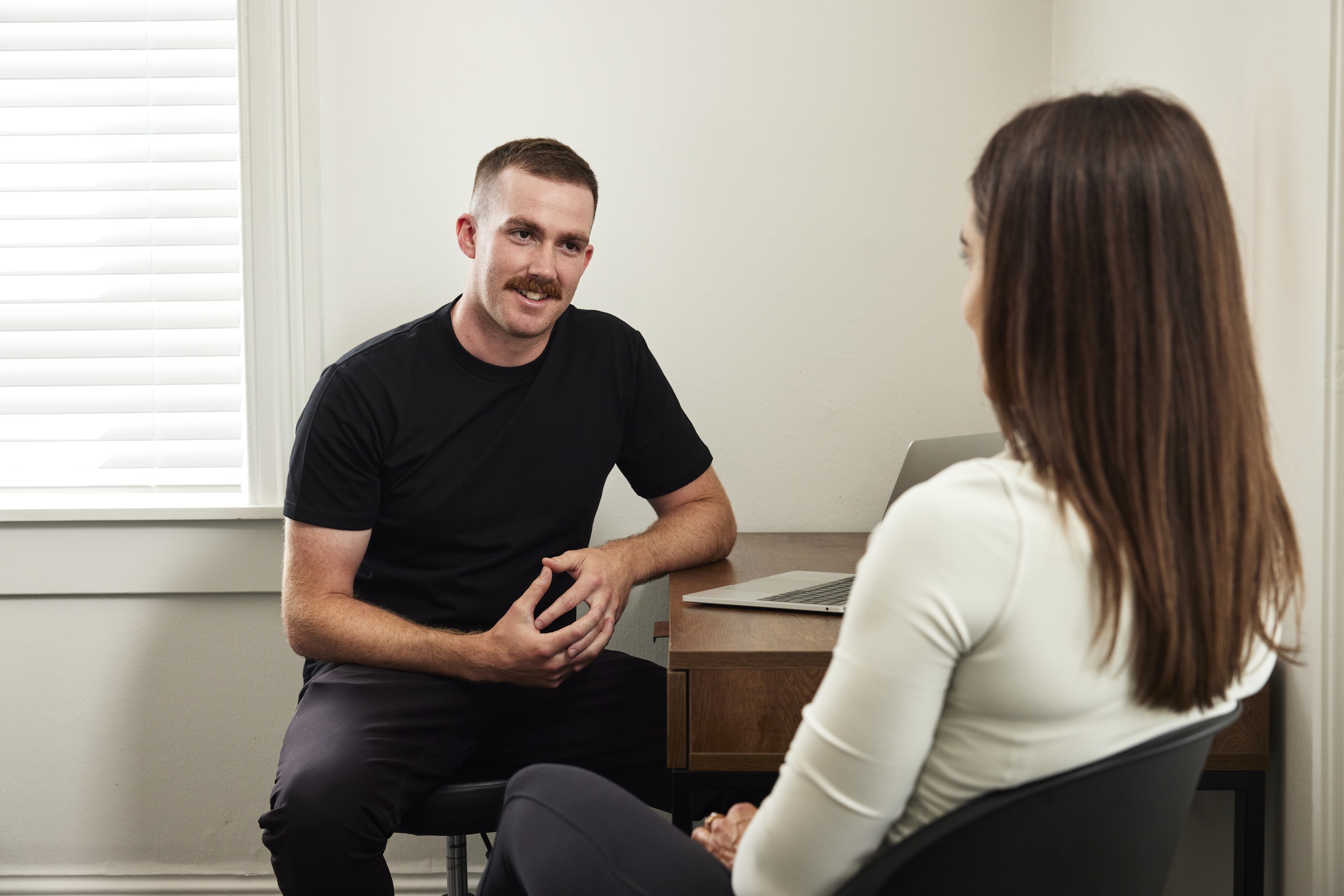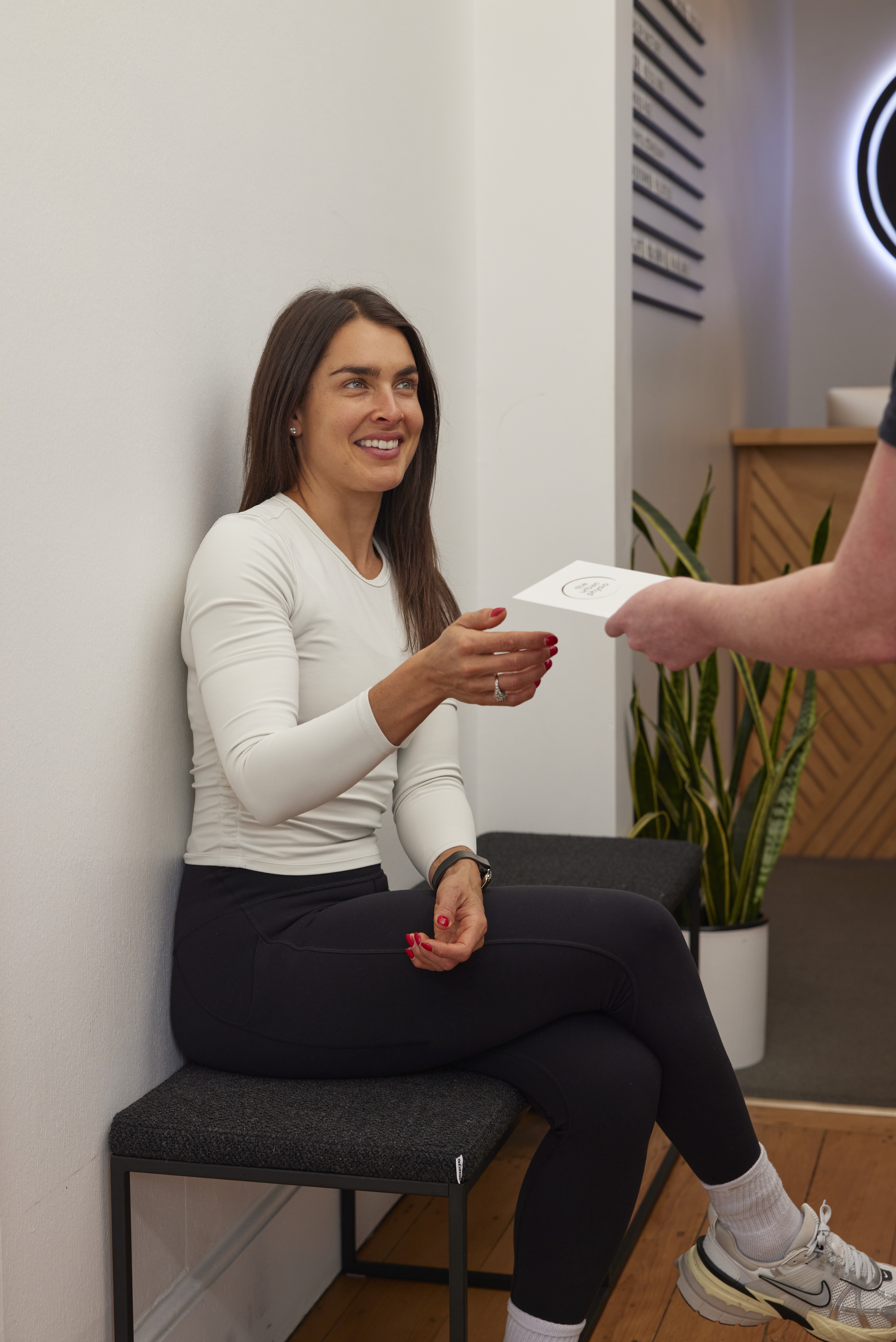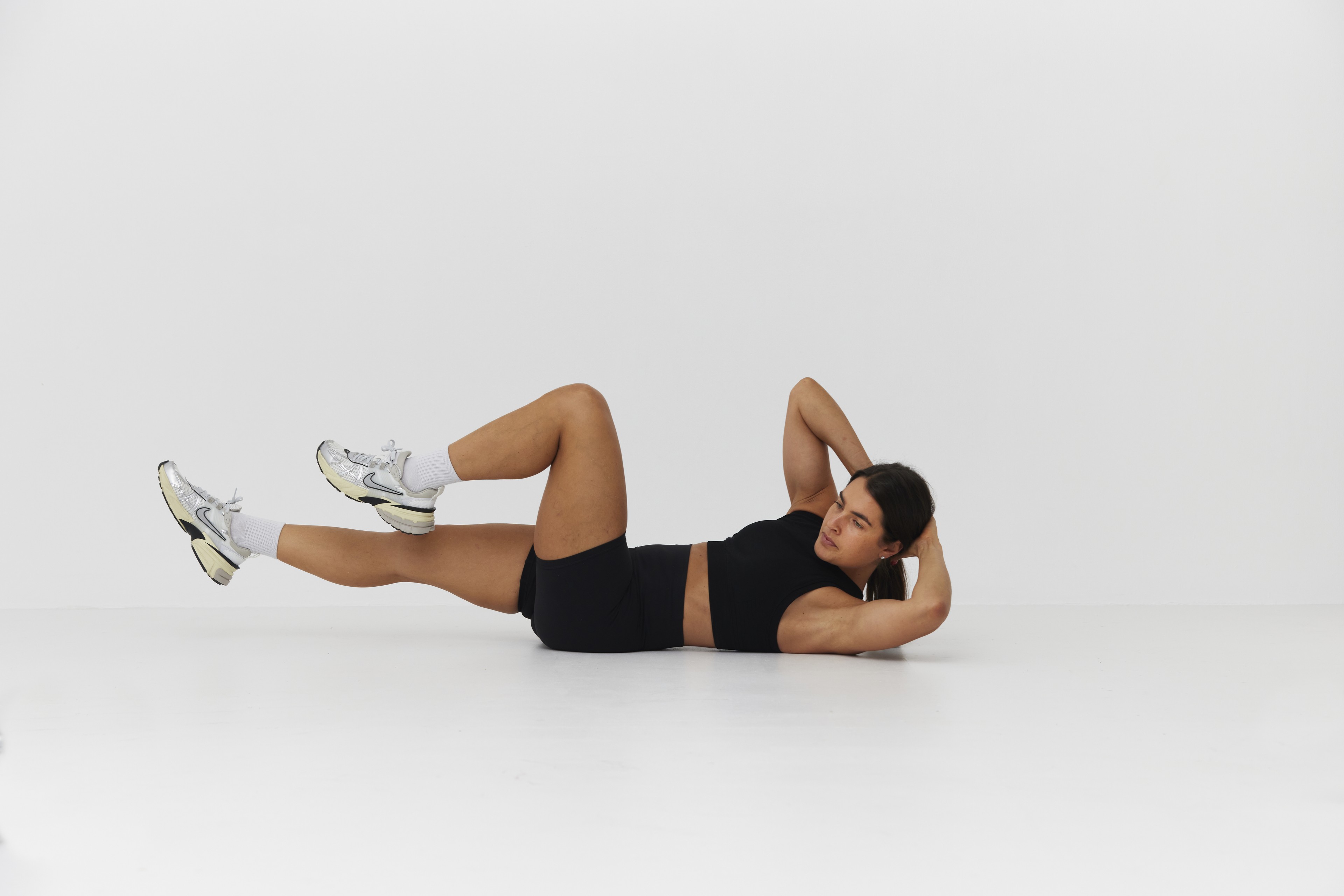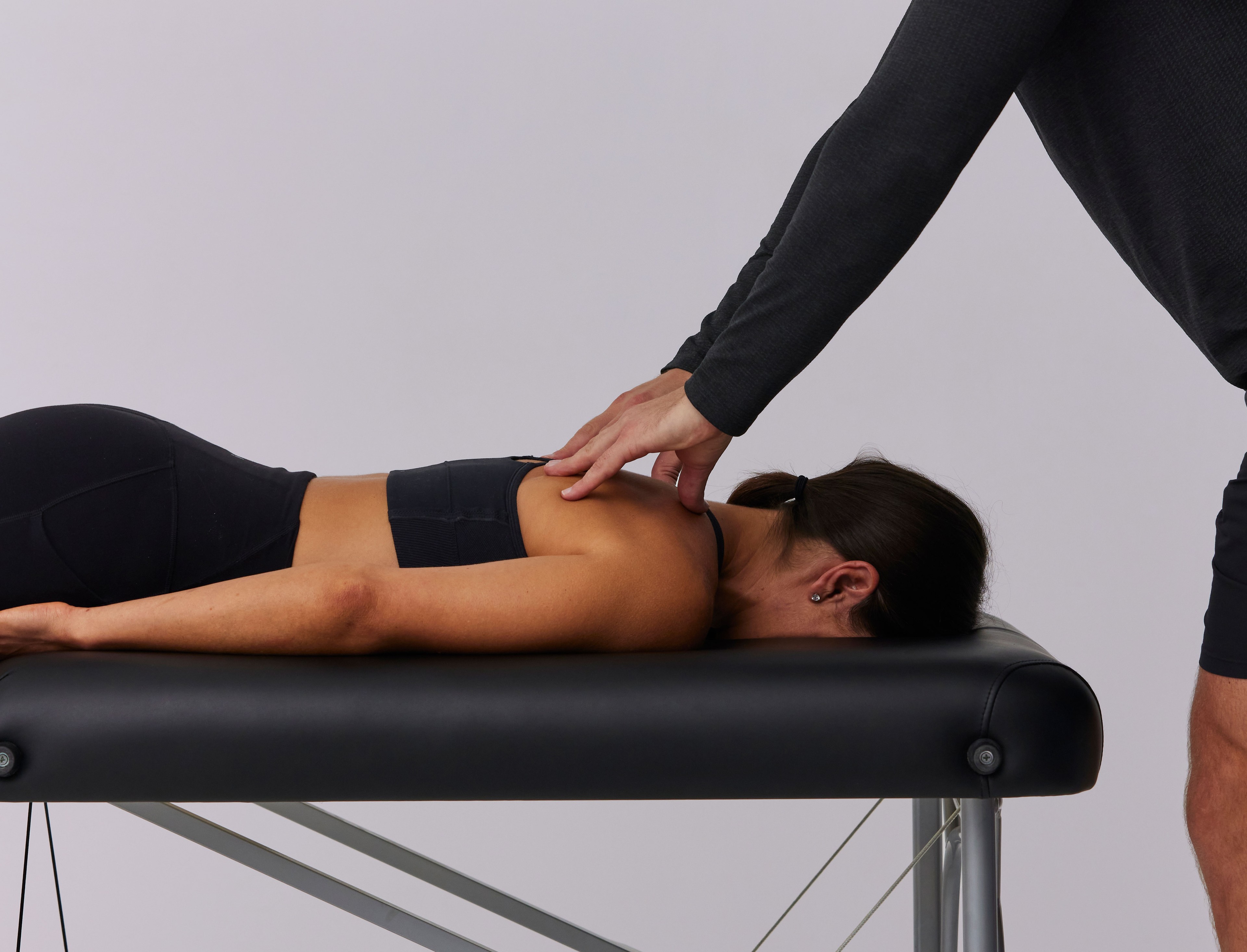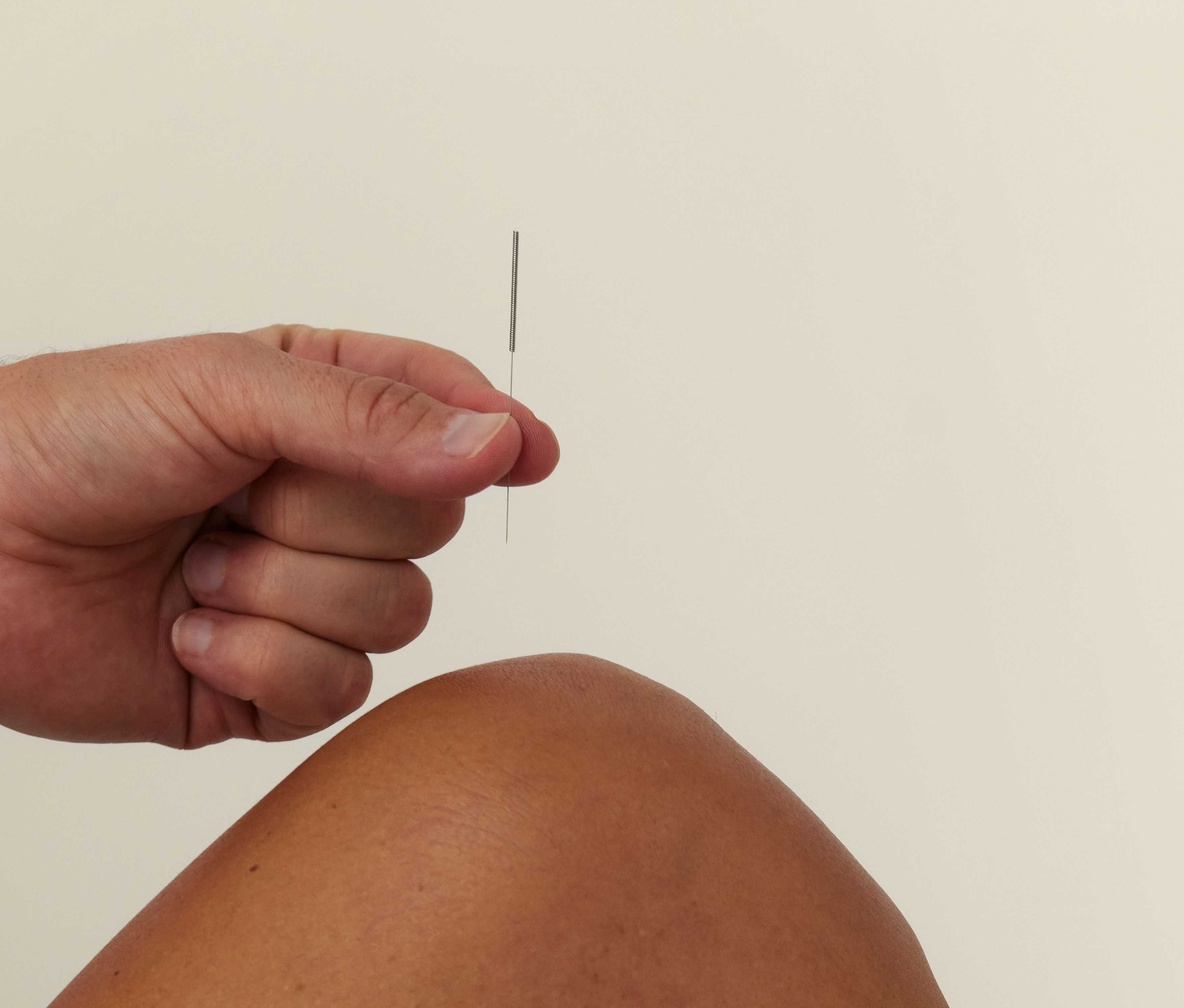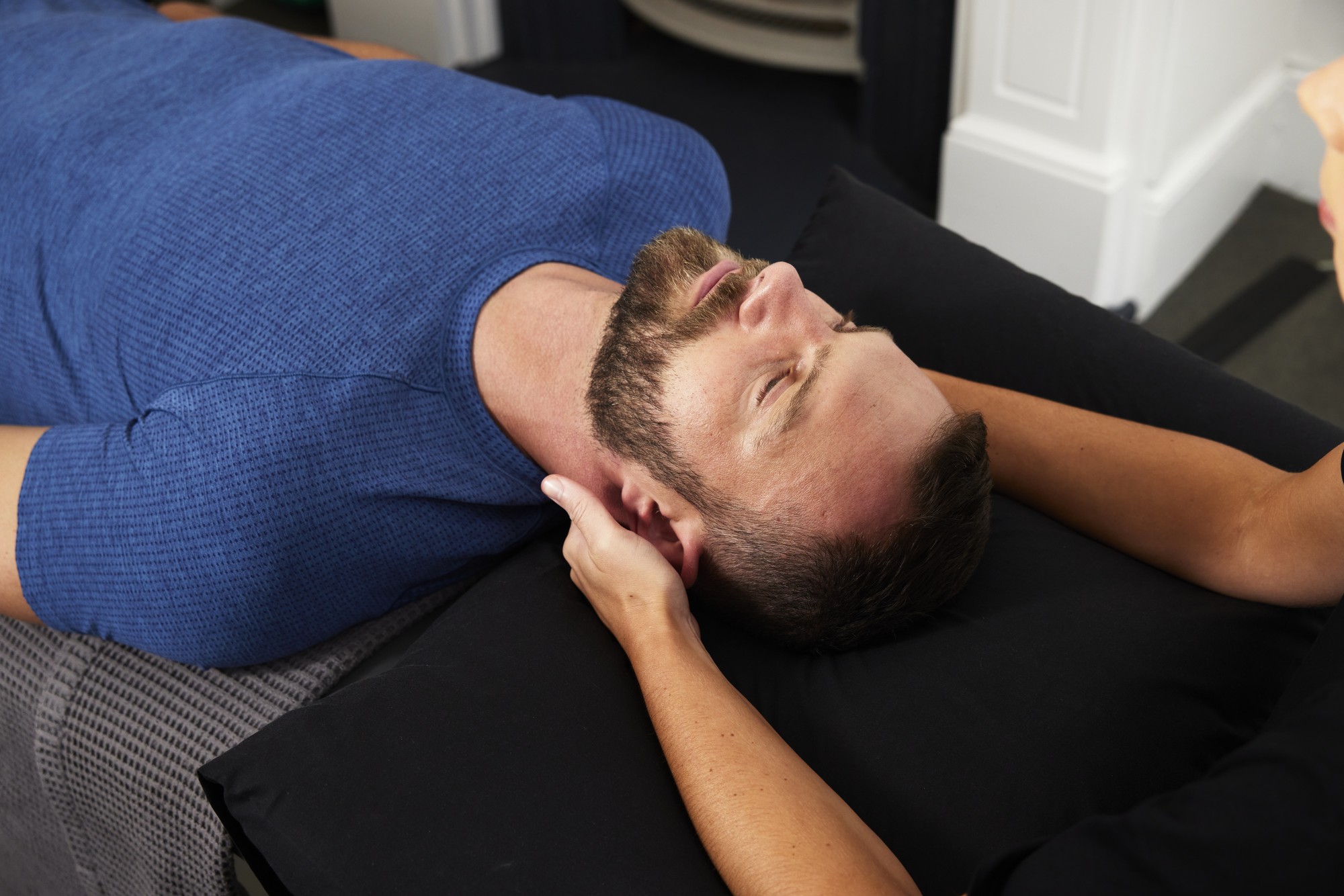Run Smart: Injury Prevention Tips for Marathon Training
Training for a marathon is an adventure in itself. Early mornings, long runs, and the excitement of seeing your fitness build can be incredibly rewarding. But one of the biggest challenges runners face is getting to the start line healthy. Injuries are one of the most common reasons runners miss race day or fall short of their goals. The good news? Most running injuries are preventable with a smart approach to training, recovery, and preparation.

Training for a marathon is an adventure in itself. Early mornings, long runs, and the excitement of seeing your fitness build can be incredibly rewarding. But one of the biggest challenges runners face is getting to the start line healthy.
Injuries are one of the most common reasons runners miss race day or fall short of their goals. The good news? Most running injuries are preventable with a smart approach to training, recovery, and preparation.
Why injuries happen when training for a marathon
Running is repetitive by nature, which can place stress on your body if you aren’t balancing training with recovery and strength. We often see injuries like shin splints, ITB pain, plantar fasciitis, or Achilles issues during marathon prep due to:
- Building mileage too quickly
- Skipping strength and mobility work
- Not allowing for recovery
- Wearing worn-out shoes
- Ignoring early warning signs of pain
The key is training your body to handle the demands of running, not just adding more kilometres.
How to train smart and stay injury-free
Here’s what we recommend at The Urban Physio to keep you strong and moving well during your marathon build-up:
Build up gradually
Follow the 10% rule and give your body time to adapt. Include a de-load week every few weeks and a proper taper before race day to freshen up.
Prioritise recovery
Sleep, nutrition, hydration, and rest days are your secret training weapons. They help your muscles recover and adapt, reducing your risk of overuse injuries.
Don’t skip strength training
Including 1–2 strength sessions per week will improve your resilience and running efficiency. Focus on glutes, hips, core, calves, and hamstrings to support your body under load.
Keep mobility in check
Good ankle, hip, and thoracic spine mobility helps you move efficiently, reducing compensations that lead to injuries.
Check your shoes
Your shoes don’t last forever. Replace them every 500–800km and ensure they are suitable for your gait and terrain.
Listen to your body
Persistent pain, sharp pain, or pain that causes you to limp are red flags. It’s better to adjust your training and get assessed than to push through and risk a bigger setback.
Ready to cross the finish line feeling strong?
Marathon training is about more than ticking off kilometres — it’s about building a body that can handle the demands of running and recover well along the way.
If you’re training for an upcoming marathon, we can help you stay injury-free and optimise your performance with a running assessment and a tailored plan to match your goals.
Book your appointment today and take the next step towards a confident, injury-free marathon.
